The Ship That Couldn’t Stay Afloat: The Breathtaking (and Brief) Voyage of the Vasa
In the golden age of naval might, when ships were the superweapons of empire and pride floated on salted winds, Sweden set its sights on maritime glory. Enter the Vasa, a warship so lavish, so majestic, and so doomed that it sailed straight from royal ambition into the sea floor—in under 20 minutes.
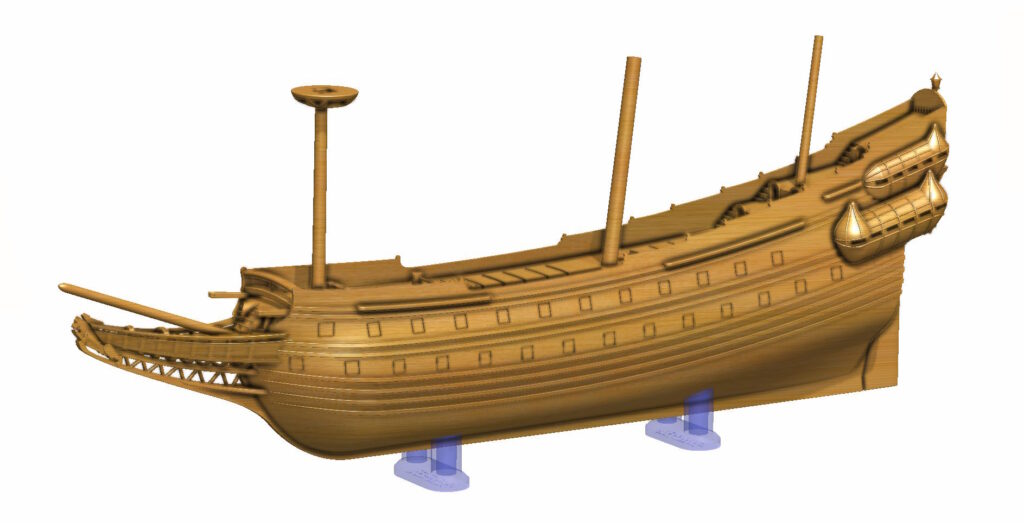
This isn’t your average tale of maritime disaster. The Vasa’s story is equal parts engineering marvel, political drama, and tragicomic miscalculation. Continue reading for the rest of the story and a free STL file for 3d printing your own Vasa. We also have a paid model, 1m long, RC compatible, and with more details. Get the 100 piece model from here.
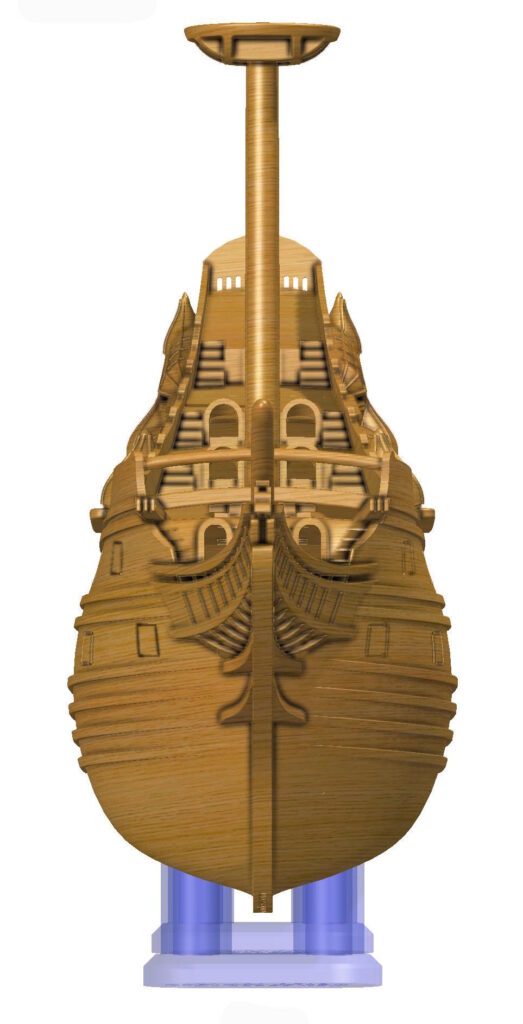
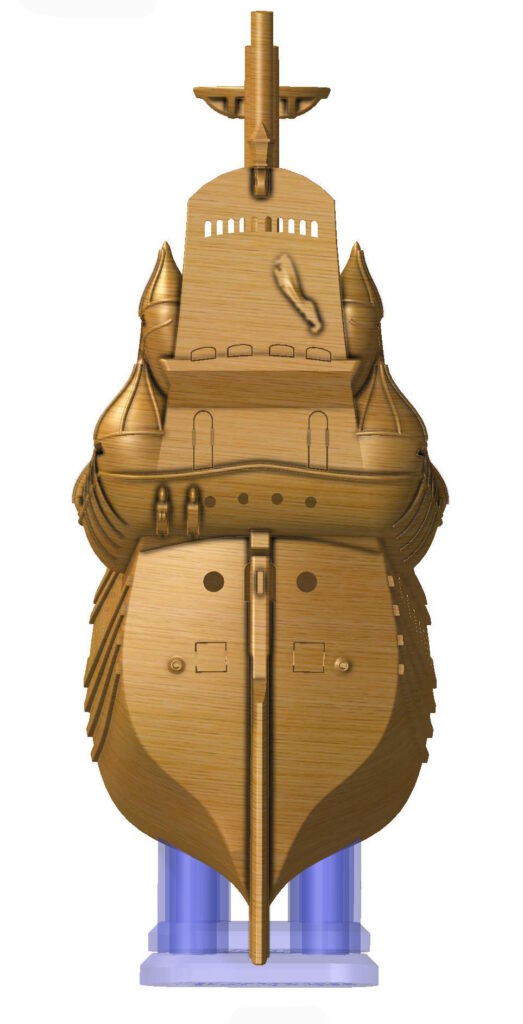
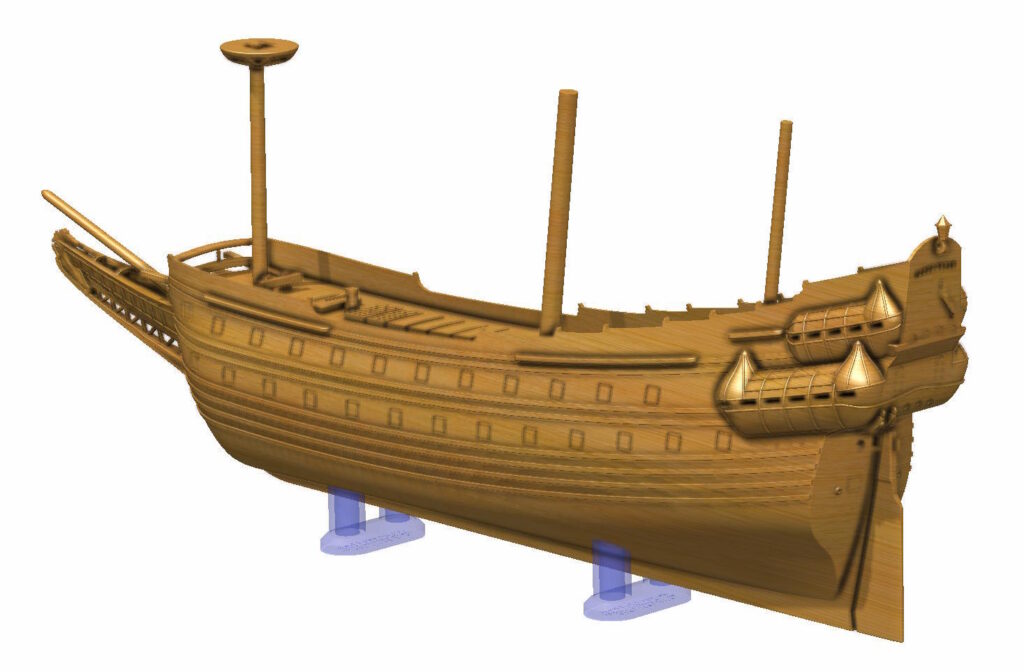
A Floating Fortress… on Paper
It was 1626. King Gustavus Adolphus of Sweden was riding high—military victories, expanding empire, and dreams of dominating the Baltic. To flex his muscle and terrify his enemies, he commissioned a floating masterpiece: the Vasa, a 69-meter galleon bristling with 64 bronze cannons and decked out in hundreds of hand-carved wooden sculptures—lions, warriors, mermaids, Roman emperors. This was not a ship; this was a floating cathedral of power.
But here’s the kicker: no one had ever built a ship like this before. It was taller. Heavier. More decorated. The gun decks were stacked higher than usual. But when you’re the king, you don’t wait for design reviews—you order full sail.
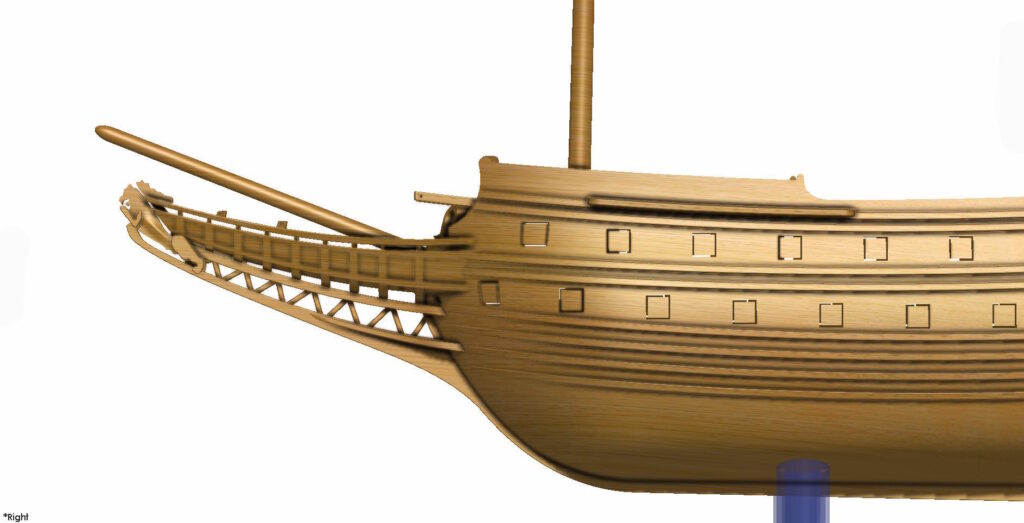
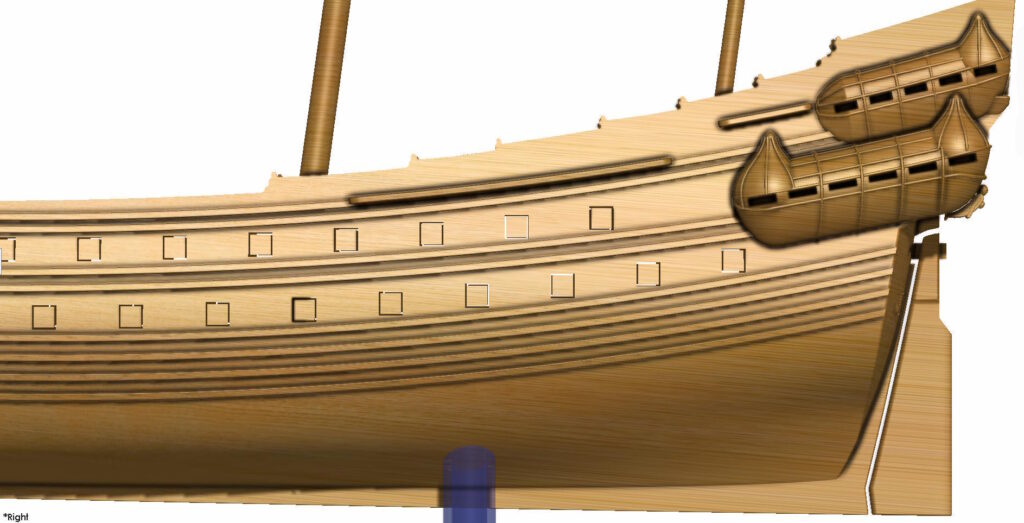
A Splash of Reality
August 10, 1628. The harbor in Stockholm was buzzing. Crowds gathered. Drums rolled. Cannons fired a salute. The Vasa, freshly painted and brimming with royal pride, pushed off from the dock. Flags waved. Families cheered. The wind caught her sails. She moved!
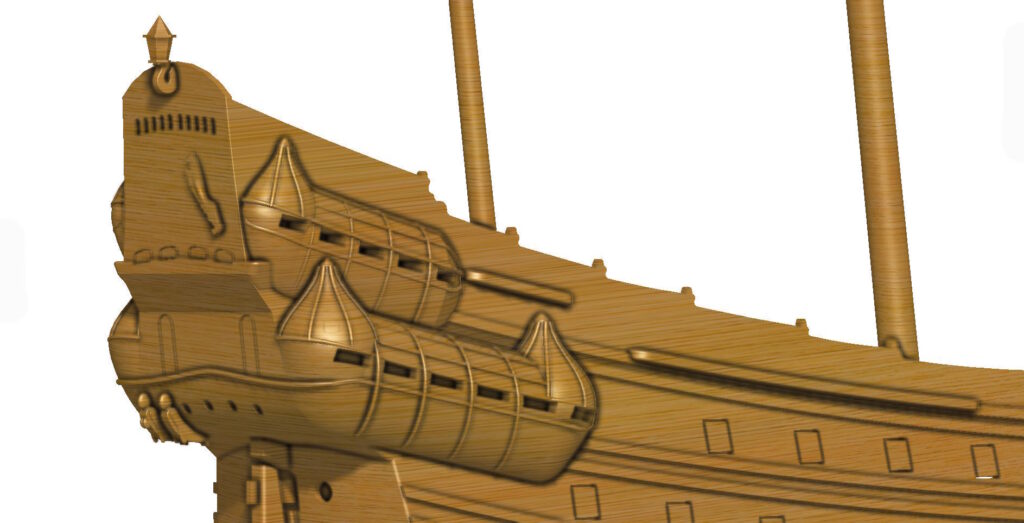
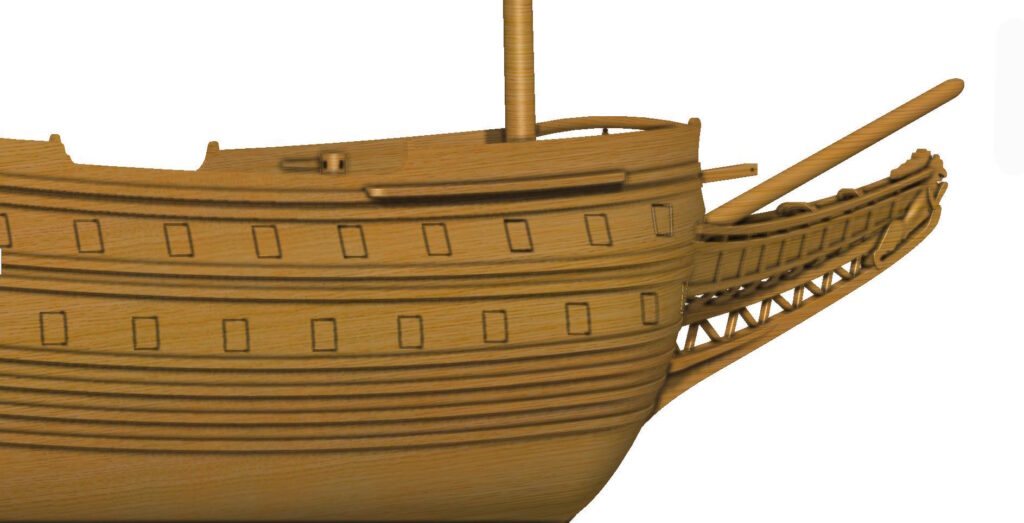
And then the wind caught her sails a little more.
In front of thousands of stunned onlookers, the Vasa listed hard to port, righted herself briefly—like a drunk regaining balance—then lurched again, taking on water through open gun ports. Within moments, the glorious ship that was to lead Sweden’s naval dominance sank like a rock.
Only 1,300 meters into her maiden voyage.
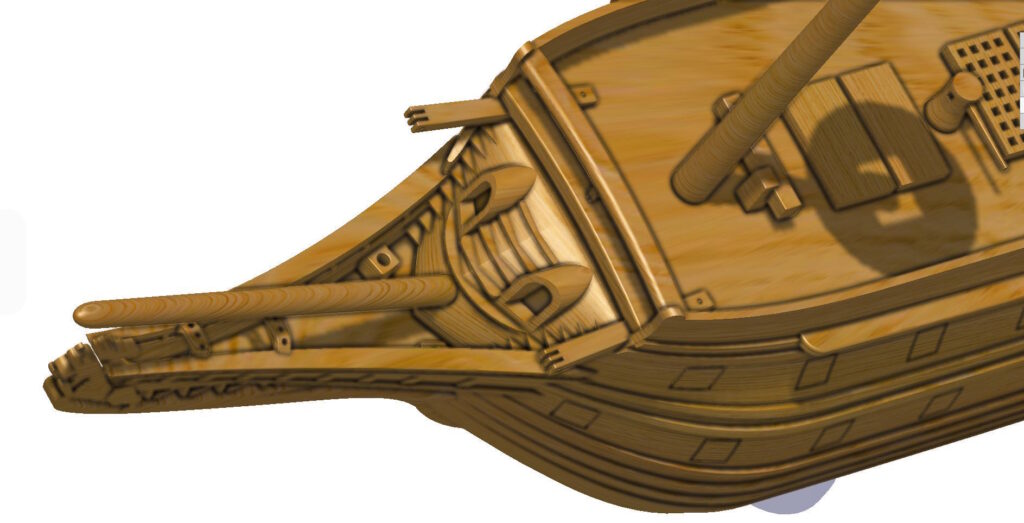
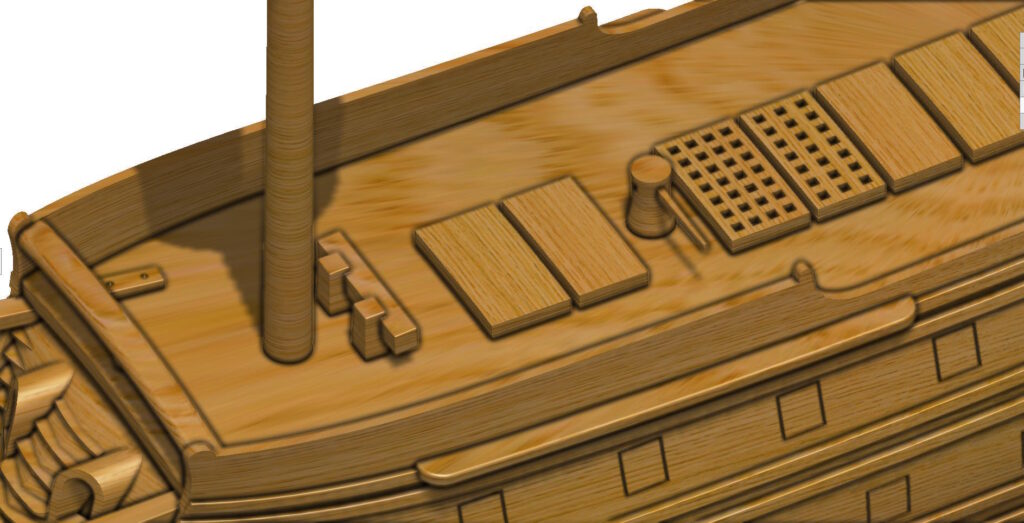
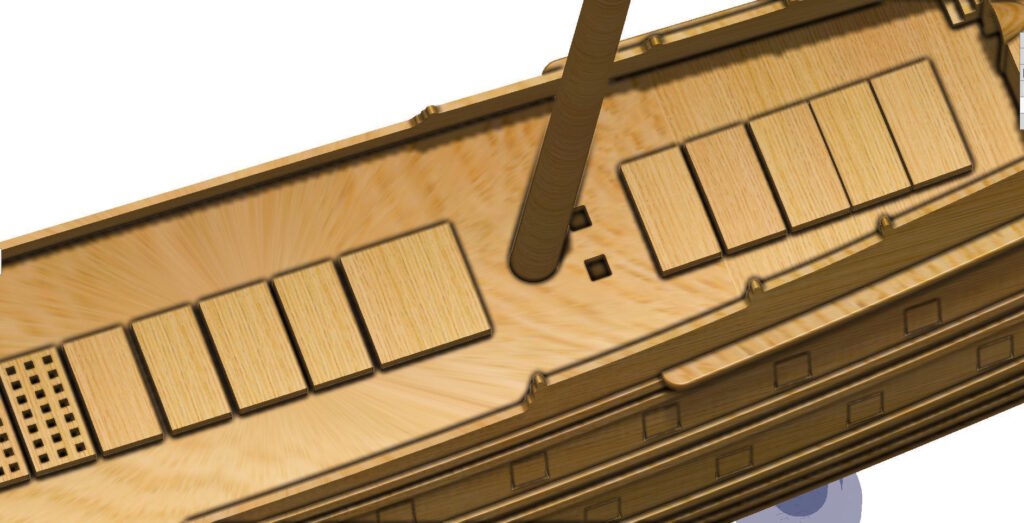
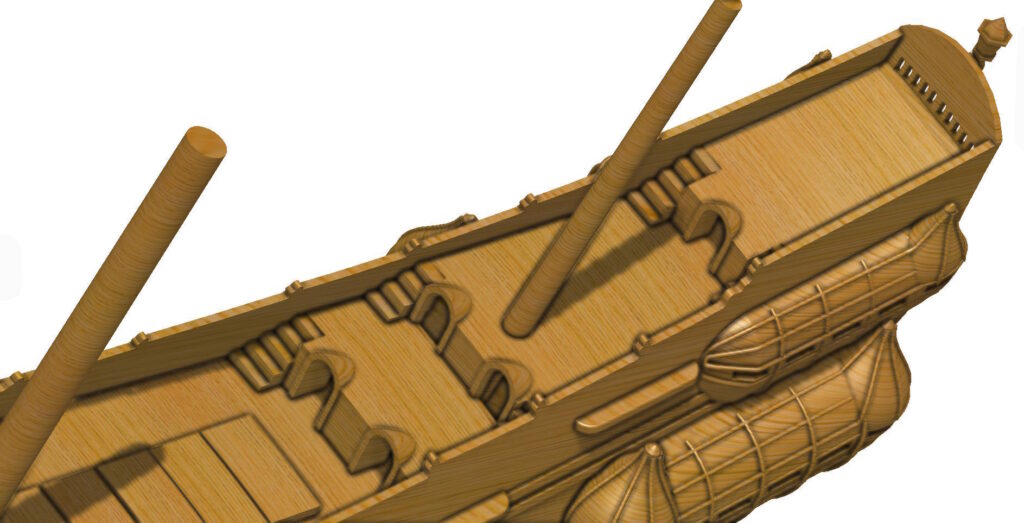
What Went Wrong?
Blame it on ambition. Blame it on poor measurements. Blame it on the king’s rush. The Vasa was top-heavy, unstable, and designed without enough ballast in the hold. When shipbuilders tried to warn officials during a stability test (where 30 men ran side-to-side on deck to test her tilt—and had to stop for fear she’d topple), the warnings were ignored. You don’t question a king in 1628.
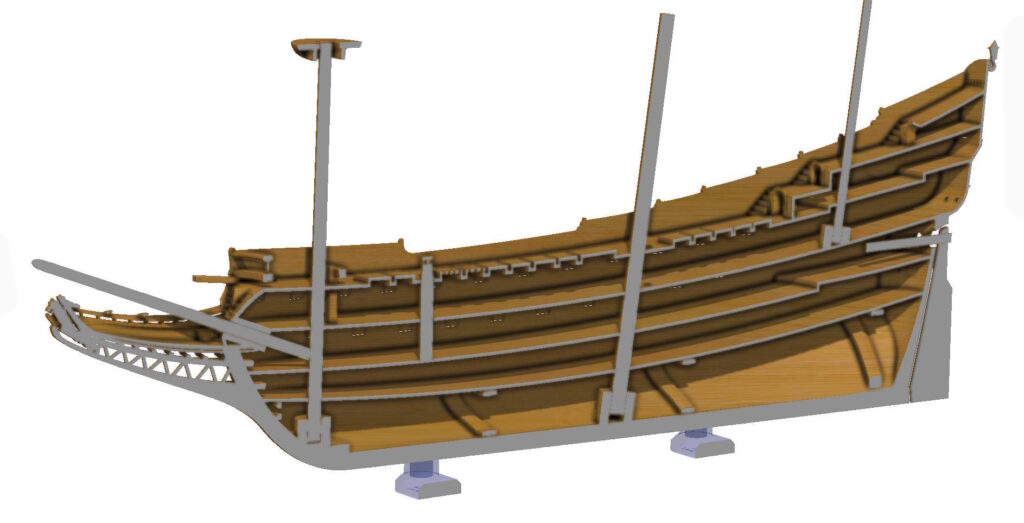
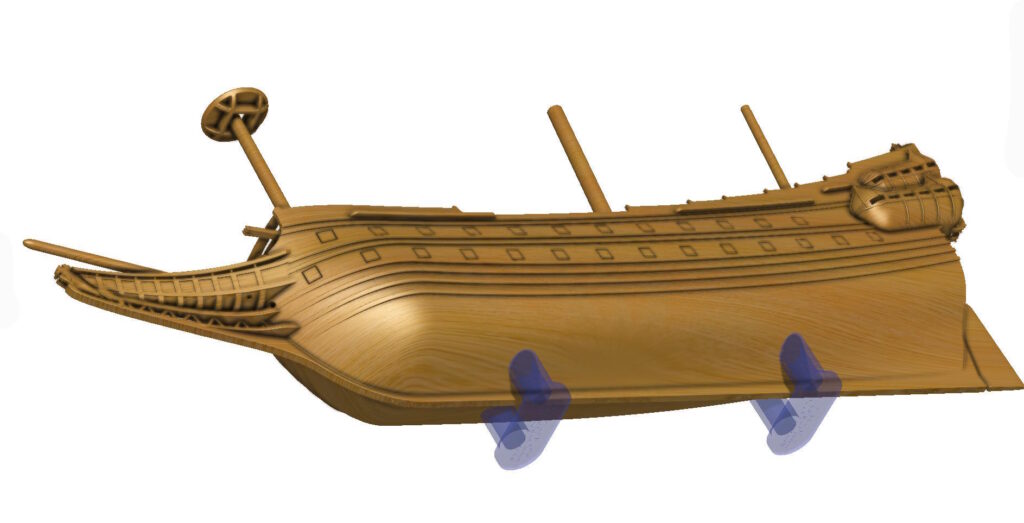
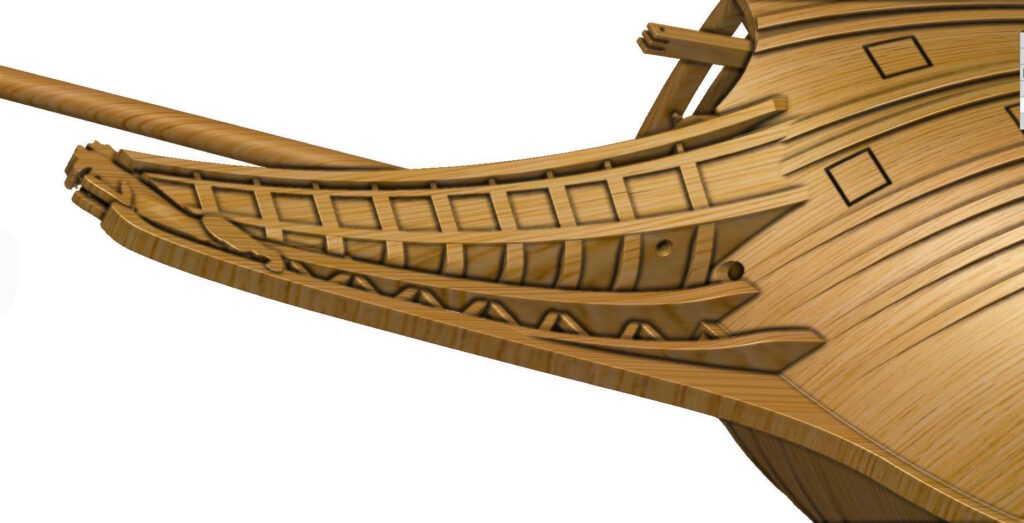
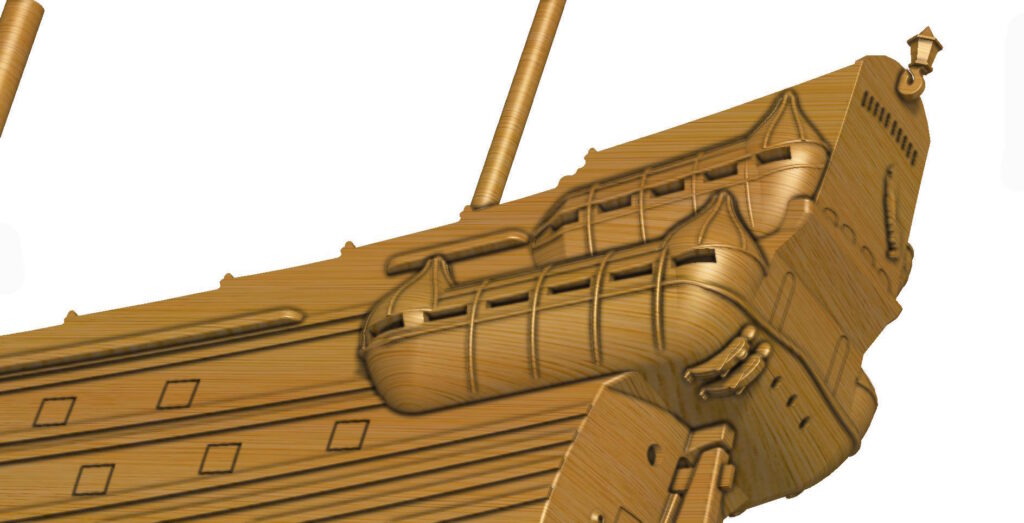
A Watery Time Capsule
There the Vasa lay, preserved in the chilly waters of Stockholm harbor for over three centuries—woodwork intact, cannon in place, even crew members’ belongings nestled in silt. She was rediscovered and raised in 1961 in what remains one of the most ambitious marine salvage operations ever attempted.
Today, the Vasa Museum houses the almost fully intact ship. It’s not just a wreck; it’s a time capsule—a 17th-century freeze-frame of shipbuilding, politics, and the dangerous dance between power and practicality.
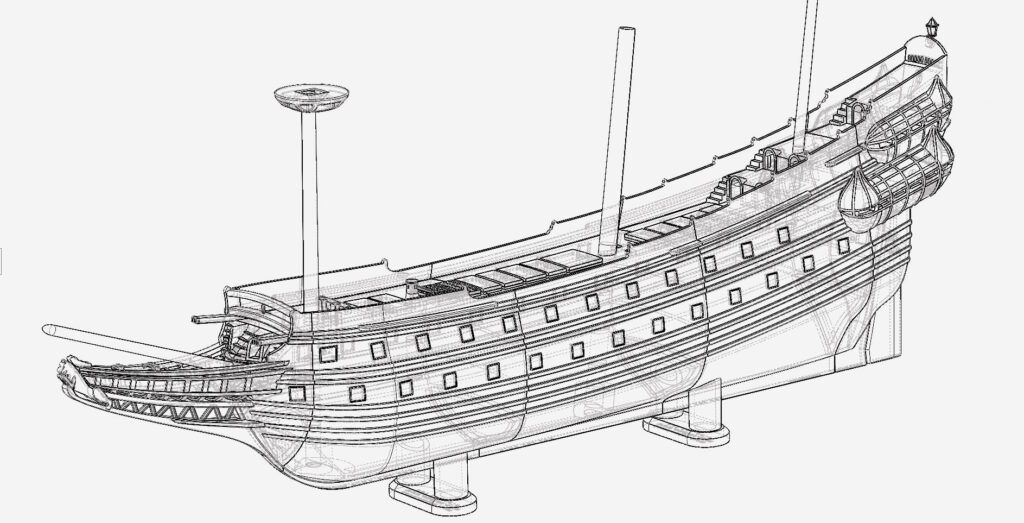
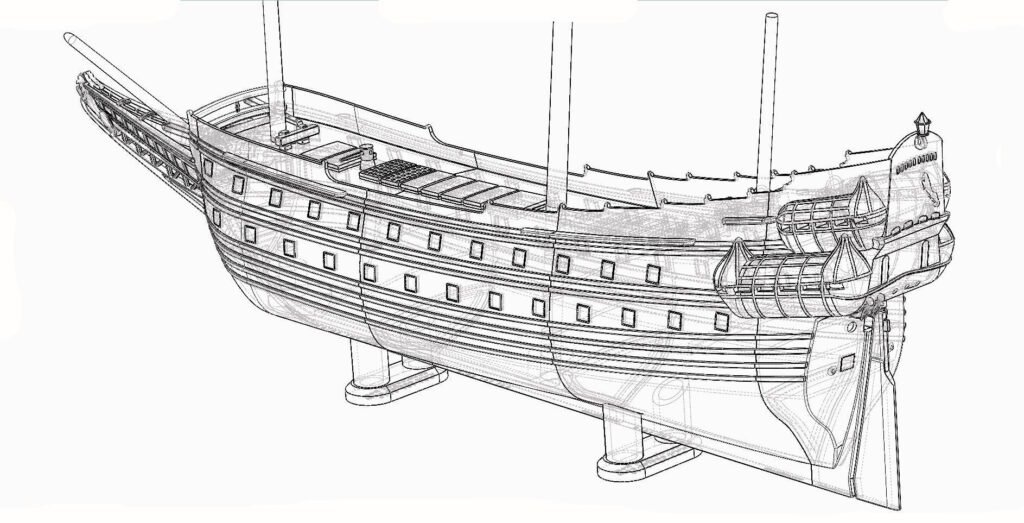
The Glorious Failure
Ironically, the Vasa never fired a shot in war, but became a legend all the same. She’s a national icon. A lesson in overreach. A monument to bold vision and human flaw.
Sometimes, the most spectacular failures are the ones we remember best.
And let’s be honest—sinking after 20 minutes? That’s unforgettable.
The free STL file for 3d printing your own Vasa is below. We also have a paid model, 1m long, RC compatible and with more details. Get the 100 piece model from here.<— Click
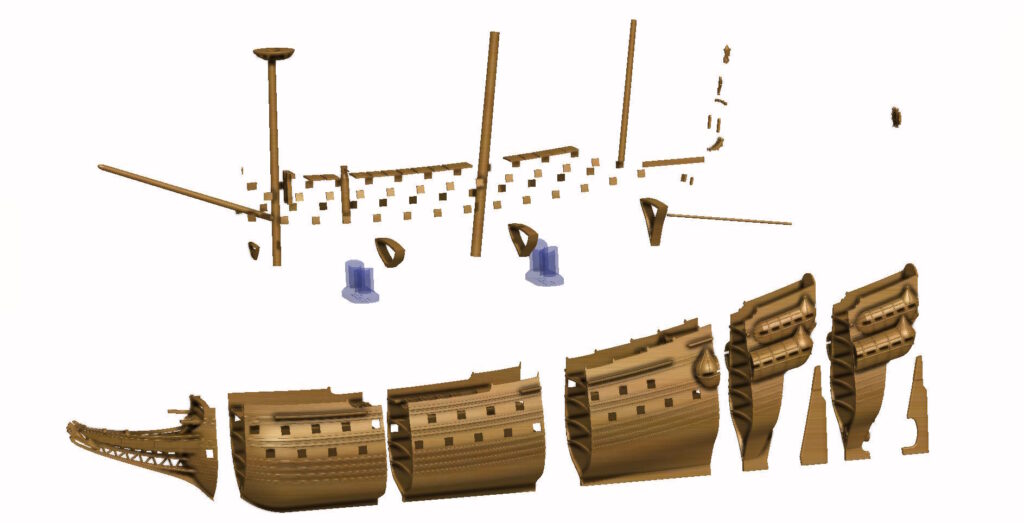
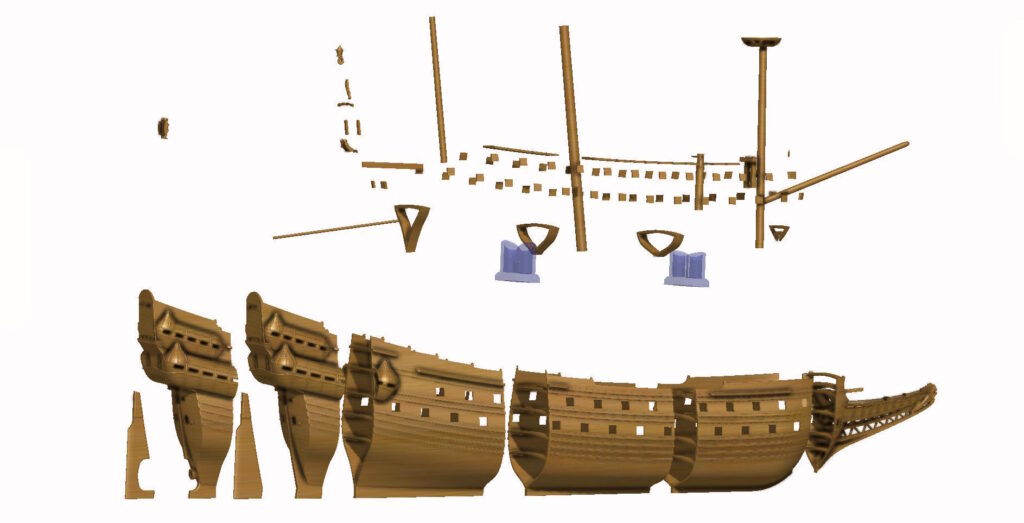
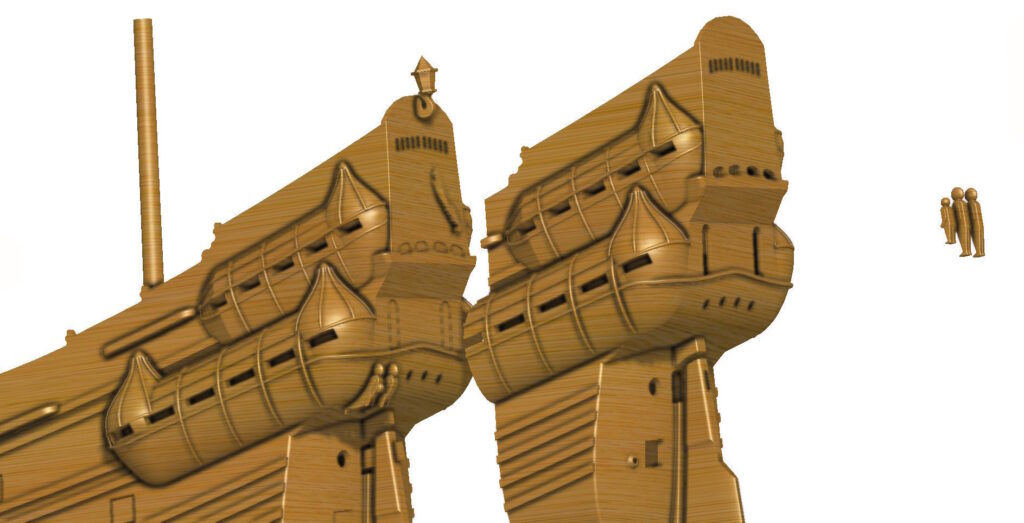
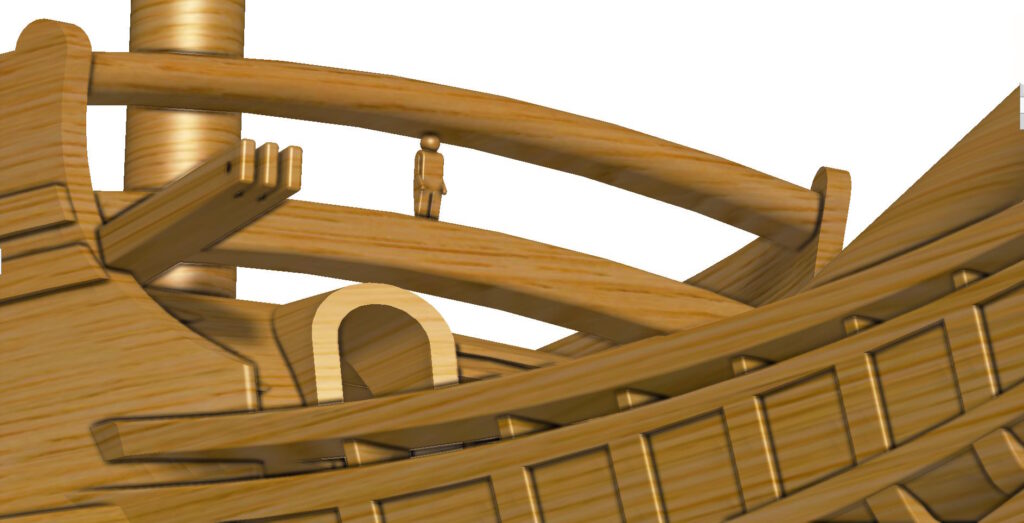





 Users Today : 30
Users Today : 30 Users Yesterday : 0
Users Yesterday : 0 Users Last 7 days : 30
Users Last 7 days : 30 Views Today : 62
Views Today : 62 Views Yesterday :
Views Yesterday :  Views Last 7 days : 62
Views Last 7 days : 62 Total views : 1320306
Total views : 1320306 Who's Online : 0
Who's Online : 0